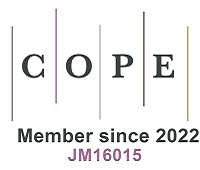Review | Open Access
2D materials and additives: a dual approach to high-performance tin perovskite solar cells
Views: 82
Microstructures 2025;5:[Accepted].
Author Information
Article Notes
Cite This Article
Abstract
Tin halide perovskite solar cells (THPSCs) are an eco-friendly alternative to lead halide perovskite solar cells (LHPSCs). However, defect formation hinders their commercialization. Specifically, the oxidation of Sn2+ to Sn4+ generates defects, which increase background current due to charge recombination and consequently degrade device performance. This review explores the use of 2D materials and additives to enhance the performance and stability of THPSCs. 2D materials improve charge transport, passivate defects, induce vertical alignment, and enhance structural stability against moisture. Additives optimize film morphology and interface properties by promoting grain growth and reducing defect density. These approaches increase the power conversion efficiency (PCE) of THPSCs by up to 15%, demonstrating their commercial potential. The synergistic effects of 2D materials and additives are analyzed, and critical strategies for their combined utilization are suggested to develop high-efficiency and stable THPSCs.
Keywords
Tin halide perovskite, solar cells, 2D materials, additives
Cite This Article
Kim JH, Ryu DH, Im SH, Jeong J, Song CE. 2D materials and additives: a dual approach to high-performance tin perovskite solar cells. Microstructures 2025;5:[Accept]. http://dx.doi.org/10.20517/microstructures.2024.192
Copyright
© The Author(s) 2025. Open Access This article is licensed under a Creative Commons Attribution 4.0 International License (https://creativecommons.org/licenses/by/4.0/), which permits unrestricted use, sharing, adaptation, distribution and reproduction in any medium or format, for any purpose, even commercially, as long as you give appropriate credit to the original author(s) and the source, provide a link to the Creative Commons license, and indicate if changes were made.













